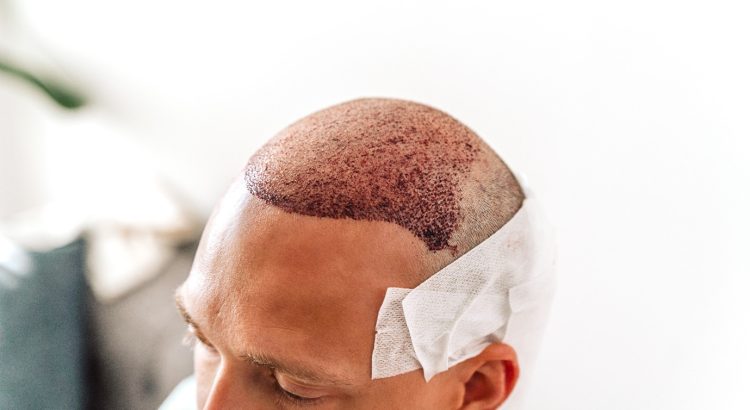Contents;
What Is Hair Transplantation?
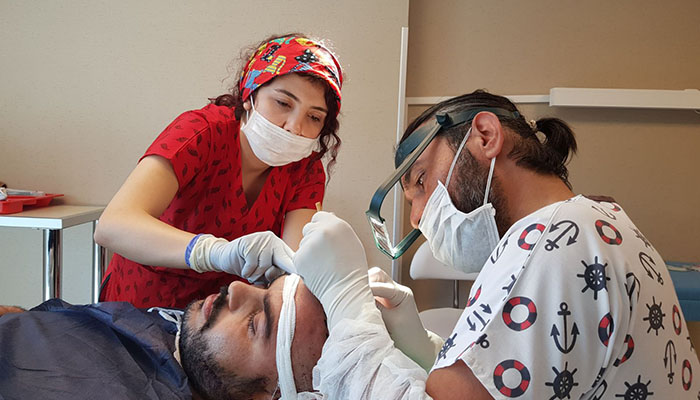
Hair transplantation is a surgical procedure that involves moving hair follicles from one part of the body, known as the donor site, to a bald or balding part of the body, known as the recipient site. It is primarily used to treat male pattern baldness but can also be used to restore hair in individuals who have lost hair due to injury or scalp diseases.
The technique of hair transplantation has evolved significantly over the years. One of the most popular methods is called follicular unit transplantation (FUT), also known as strip harvesting. This involves removing a strip of skin from the donor site and then dissecting it into individual hair follicles. These follicles are then implanted into tiny incisions made in the recipient site.
Another technique that has gained popularity is follicular unit extraction (FUE). In this method, individual hair follicles are directly extracted from the donor site using a specialized punching tool and then transplanted to the recipient site. FUE is less invasive and leaves minimal scarring compared to FUT.
- Follicular Unit Transplantation (FUT) or Strip Harvesting
- Follicular Unit Extraction (FUE)
| Advantages of FUT | Advantages of FUE |
|---|---|
| Can transplant a larger number of grafts in a single session | Minimal scarring and faster healing |
| Higher success rate | Individual extraction allows for precise placement of follicles |
| Cost-effective for patients who require a larger number of grafts | Suitable for patients with limited donor hair |
Different Techniques For Hair Transplantation
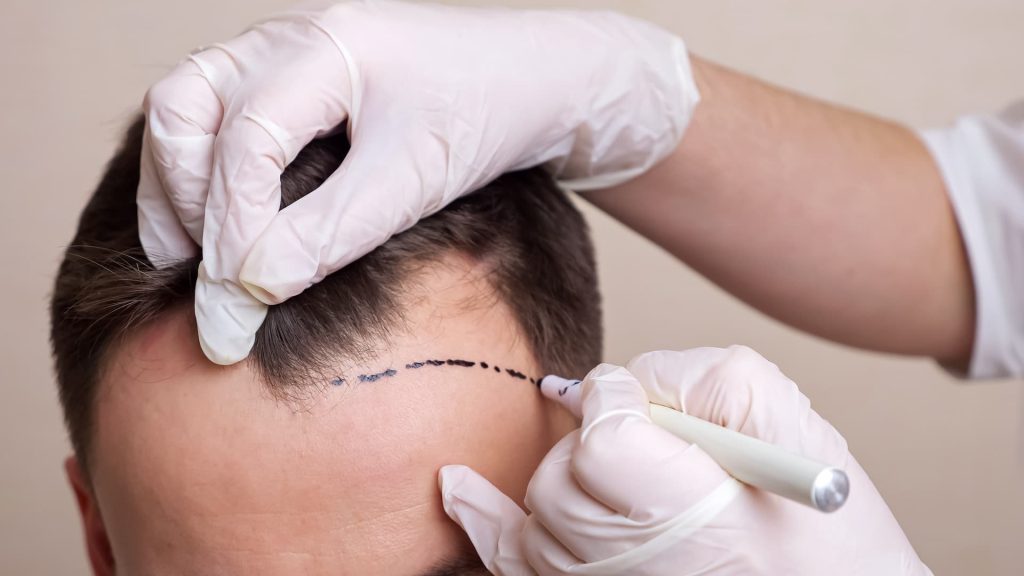
When it comes to hair transplantation, there are several different techniques that can be used to achieve the desired results. These techniques vary depending on factors such as the individual’s hair type, the extent of hair loss, and the surgeon’s expertise. In this blog post, we will explore some of the different techniques commonly used in hair transplantation procedures.
One of the most common techniques is follicular unit transplantation (FUT), also known as the strip method. In this technique, a strip of hair follicles is harvested from the donor area, usually the back or sides of the head. The strip is then carefully dissected into individual follicular units, which are then transplanted into the recipient area. FUT allows for the transplantation of a larger number of grafts in a single session, making it suitable for individuals with extensive hair loss.
Another technique that has gained popularity in recent years is follicular unit extraction (FUE). Unlike FUT, FUE does not involve the removal of a strip of tissue. Instead, individual follicular units are extracted directly from the donor area using a small punch tool. These units are then transplanted into the recipient area. FUE is a minimally invasive technique that leaves no linear scar and allows for a quicker recovery time compared to FUT.
- A third technique that is sometimes used is robotic hair transplantation. This advanced technique utilizes robotic technology to assist with the extraction and transplantation of hair follicles. The robotic system is programmed to identify and extract individual follicular units, which are then transplanted into the recipient area by the surgeon. Robotic hair transplantation allows for a more precise and efficient procedure, reducing the risk of human error and potentially improving the overall results.
| Technique | Advantages | Disadvantages |
|---|---|---|
| FUT | Allows for a larger number of grafts in a single session | Leaves a linear scar |
| FUE | Minimally invasive, no linear scar | May require multiple sessions for extensive hair loss |
| Robotic | Precise and efficient procedure | Higher cost compared to other techniques |
It is important to note that the choice of technique for hair transplantation should be based on individual factors and preferences. Consultation with a qualified hair transplant surgeon is essential to determine the most suitable technique for each individual case. The surgeon will evaluate factors such as the extent of hair loss, the quality of the donor area, and the desired outcome to recommend the appropriate technique.
In conclusion, hair transplantation offers individuals with hair loss a permanent solution to regain their natural hair. From traditional FUT to modern robotic techniques, there are various options available. Choosing the right technique depends on individual factors and should be determined through consultation with a qualified hair transplant surgeon. By understanding the different techniques, individuals can make an informed decision and achieve the desired results.
Choosing The Right Hair Transplant Surgeon

Choosing the right hair transplant surgeon is a crucial step in the hair transplantation process. It is essential to find a skilled and experienced surgeon who can deliver the desired results. With the increasing popularity of hair transplantation, there has been a rise in doctors and clinics offering these services. However, not all surgeons are equal in terms of expertise and outcomes.
Firstly, it is important to research and gather information about different hair transplant surgeons. Look for surgeons who specialize in hair transplantation and have years of experience in performing the procedure. Reading online reviews and testimonials from previous patients can provide insights into the surgeon’s skills and patient satisfaction levels.
Secondly, it is recommended to schedule consultations with multiple hair transplant surgeons. During these consultations, ask relevant questions about their experience, qualifications, and the techniques they use. A reputable surgeon should be transparent about their credentials and provide detailed explanations about the procedure.
Additionally, it is crucial to evaluate the surgeon’s past results. Ask to see before and after photos of their previous patients to get an idea of the quality of their work. Pay attention to the naturalness and density of the transplanted hair. A skilled surgeon should be able to create a natural-looking hairline and achieve optimal results.
- Tip: Consider asking for references from previous patients who have undergone hair transplantation by the surgeon you are considering. This will allow you to hear firsthand experiences and gain further confidence in your decision.
| Factors to consider when choosing a hair transplant surgeon: | Importance |
|---|---|
| Experience and expertise | High |
| Qualifications and credentials | High |
| Past patient results | High |
| Transparency and communication | Medium |
| References and testimonials | Medium |
Lastly, take into consideration the transparency and communication of the surgeon. A good hair transplant surgeon should educate their patients about the procedure, explain the potential risks, and manage realistic expectations. They should answer all your questions and provide clear instructions for the pre- and post-operative care.
In conclusion, choosing the right hair transplant surgeon plays a significant role in the success of the procedure. Take the time to research and consult with different surgeons before making your decision. Remember to prioritize experience, qualifications, and past patient results. By selecting a skilled and reputable surgeon, you increase the chances of achieving the desired hair transplant outcome.
Preparation For A Hair Transplantation Procedure
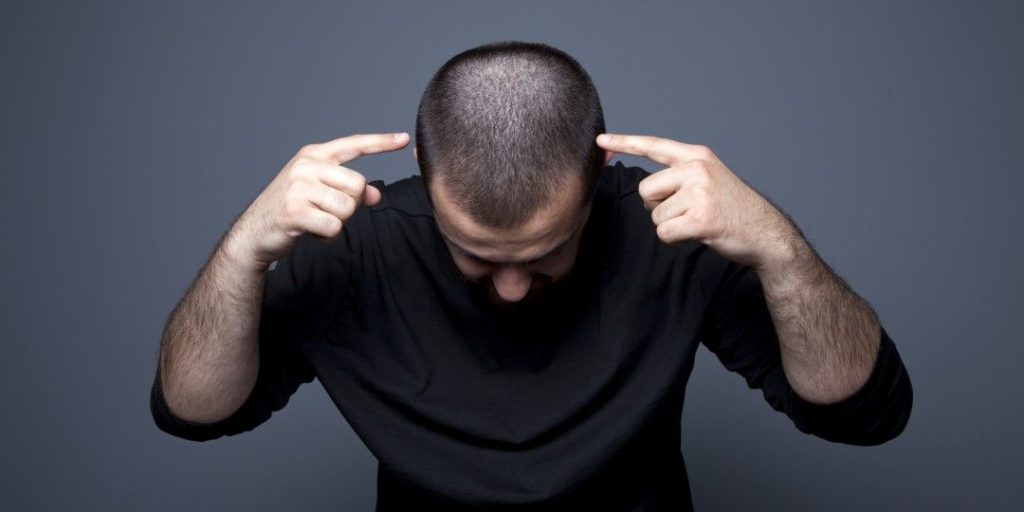
Preparation for a hair transplantation procedure is an essential step in ensuring the best possible outcome. Before undergoing the procedure, it is crucial to gather all the necessary information and make the necessary preparations. Firstly, it is important to choose a qualified and experienced hair transplant surgeon. Hair transplantation is a delicate procedure that requires expertise and precision, so selecting the right surgeon is vital.
Once you have chosen a surgeon, you should schedule a consultation to discuss your expectations and goals. During this consultation, the surgeon will evaluate your hair loss condition and determine if you are a suitable candidate for a hair transplant. They will examine your scalp, discuss your medical history, and explain the procedure and possible outcomes. It is important to ask any questions you may have and address any concerns during this consultation.
Prior to the procedure, your surgeon will provide you with a set of pre-operative instructions that you need to follow. These instructions may include avoiding certain medications and supplements that can increase bleeding or interfere with the procedure’s efficacy. Additionally, you may be advised to stop smoking and limit alcohol consumption, as they can impair the healing process.
The Hair Transplantation Process
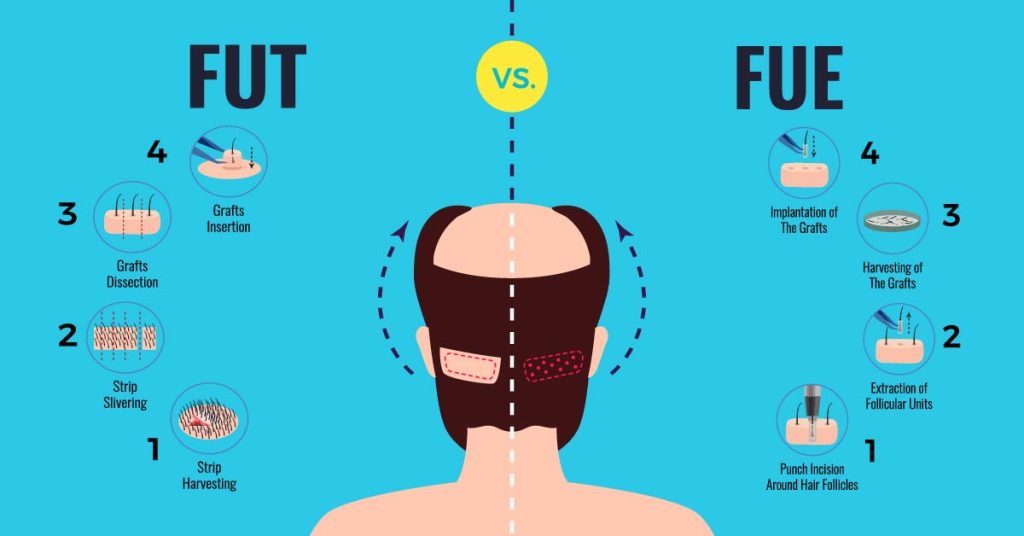
The hair transplantation process is a surgical procedure that involves removing hair follicles from one part of the body, known as the donor area, and implanting them into the bald or thinning areas, known as the recipient area. This procedure is commonly used to treat male pattern baldness, but it can also be used to restore eyebrows, eyelashes, beard hair, and even chest hair.
Before undergoing a hair transplantation process, it is important to have a consultation with a qualified and experienced hair transplant surgeon. During this consultation, the surgeon will assess the patient’s hair loss pattern, examine the donor and recipient areas, and discuss the patient’s expectations and desired results. The surgeon will also explain the different techniques available and recommend the most suitable one for the patient’s specific case.
One of the most commonly used techniques for hair transplantation is the follicular unit extraction (FUE) method. This technique involves extracting individual hair follicles from the donor area using a tiny punch tool and then implanting them into the recipient area. Another technique is the follicular unit transplantation (FUT) method, which involves removing a strip of scalp from the donor area, dissecting it into individual follicular units, and then implanting them into the recipient area.
- During the hair transplantation process, the surgeon will administer local anesthesia to numb the donor and recipient areas. This ensures that the patient remains comfortable throughout the procedure.
- Next, the surgeon will carefully remove the hair follicles from the donor area using the chosen technique.
- The extracted follicles are then prepared under a microscope to ensure their viability.
- Once the recipient area is prepared, the surgeon will create tiny incisions or sites where the hair follicles will be implanted.
- The surgeon will then place the extracted hair follicles into the recipient sites, taking into consideration the hair’s natural growth pattern and angle.
- After the hair follicles are implanted, the surgeon will provide post-procedure instructions, which may include medication to prevent infection and promote healing, as well as guidelines for post-transplant care.
It is important to note that the hair transplantation process is a meticulous and time-consuming procedure that requires skill and expertise. The success of the procedure depends on various factors such as the surgeon’s experience, the quality and quantity of the donor hair, and the patient’s overall health and adherence to post-transplant care instructions.
| Pros of Hair Transplantation | Cons of Hair Transplantation |
|---|---|
| Hair transplantation provides a permanent solution for hair loss. | The procedure can be expensive, especially for multiple sessions. |
| The transplanted hair looks and feels natural. | There is a risk of infection or bleeding at the donor and recipient areas. |
| The results of a hair transplant are long-lasting. | There may be temporary swelling or bruising after the procedure. |
In conclusion, the hair transplantation process is an effective solution for those experiencing hair loss or thinning. It involves removing hair follicles from the donor area and implanting them into the recipient area. With the advancements in techniques and technologies, hair transplantation has become a safe and reliable option for restoring hair and improving one’s appearance and confidence.
Recovery And Post-Transplant Care

After undergoing a hair transplantation procedure, it is important to follow the proper recovery and post-transplant care guidelines to ensure the best results. The recovery period is crucial for the success of the transplant and involves taking certain precautions and following specific instructions provided by the hair transplant surgeon. Hair transplantation is a surgical procedure that involves the removal of hair follicles from one part of the body, typically the back of the head, and implanting them in areas experiencing hair loss or thinning.
During the initial recovery phase, it is common to experience mild pain, swelling, and redness in the transplanted area. The surgeon may prescribe pain medications or anti-inflammatory drugs to alleviate discomfort. It is important to avoid scratching or rubbing the scalp to prevent dislodging the newly transplanted hair follicles. Proper care and maintenance during this phase are crucial for the success of the procedure.
Here are some essential tips for recovery and post-transplant care:
- Follow the surgeon’s instructions: It is important to carefully follow any instructions provided by the hair transplant surgeon regarding post-operative care. This may include information on washing the scalp, applying ointments or medications, and avoiding strenuous activities.
- Keep the scalp clean: The surgeon will provide specific guidelines on when and how to wash the scalp after the procedure. It is important to gently clean the scalp to remove any crusts or scabs that may have formed. However, it is essential to avoid scrubbing or rubbing the scalp vigorously.
- Avoid exposure to direct sunlight: The transplanted area may be particularly sensitive to sunlight during the initial stages of recovery. It is important to avoid direct exposure to the sun and wear a hat or use sunscreen to protect the scalp.
Ensuring a successful recovery and post-transplant care regimen is crucial for achieving optimal results from a hair transplantation procedure. Following the surgeon’s instructions, keeping the scalp clean, and protecting it from excessive sunlight are some of the key factors in promoting healthy hair growth and minimizing the risk of complications. It is essential to have realistic expectations and understand that final results may not be visible immediately. Patience and adherence to the post-transplant care plan are key to achieving long-term success.
Expected Results And Long-Term Maintenance
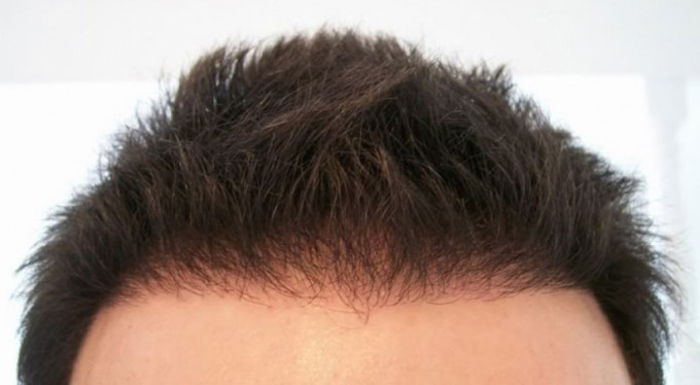
When considering hair transplantation, it is important to have a clear understanding of the expected results and long-term maintenance required. After the procedure, patients can expect to see an initial shedding of the transplanted hair within the first few weeks. This is a normal part of the process and should not cause concern. Around three to four months post-transplantation, new hair will begin to grow in the transplanted areas. The final results can be seen after 12 to 18 months, as the hair continues to thicken and mature.
It is crucial to note that while hair transplantation provides a permanent solution to hair loss, ongoing maintenance is required to ensure the best possible results. This maintenance includes following a proper hair care routine and utilizing recommended products. It is essential to avoid any harsh chemical treatments or excessive heat styling, as these practices can damage the transplanted hair. Additionally, regular visits to a hair transplant surgeon or a dermatologist are advised to monitor the progress and address any concerns.
Long-term maintenance also involves taking care of the donor area, which is the region from where the hair follicles are extracted for transplantation. This area may have some scarring initially, but it typically fades over time. It is important to keep the donor area clean to prevent infection and follow any post-operative instructions provided by the surgeon. Proper care of both the transplanted hair and the donor area will contribute to the longevity and natural appearance of the results.
| Expected Results | Long-Term Maintenance |
|---|---|
| Initial shedding of transplanted hair | Follow a proper hair care routine |
| New hair growth after 3-4 months | Avoid harsh chemical treatments and excessive heat styling |
| Final results after 12-18 months | Regular visits to a hair transplant surgeon or dermatologist |
| Proper care of the donor area |
- Expected Results:
- Initial shedding of transplanted hair
- New hair growth after 3-4 months
- Final results after 12-18 months
- Long-Term Maintenance:
- Follow a proper hair care routine
- Avoid harsh chemical treatments and excessive heat styling
- Regular visits to a hair transplant surgeon or dermatologist
- Proper care of the donor area
